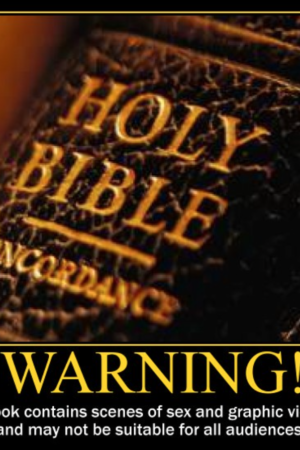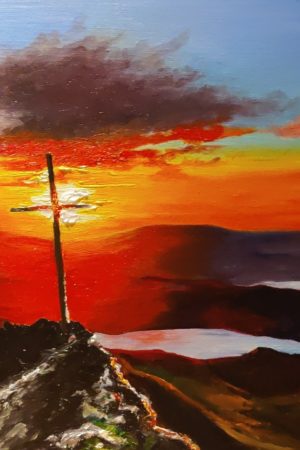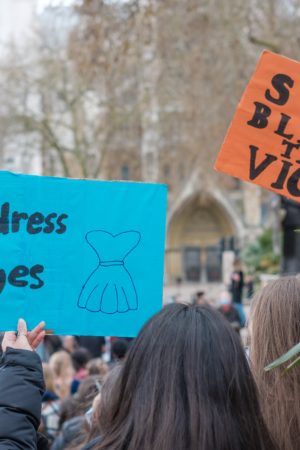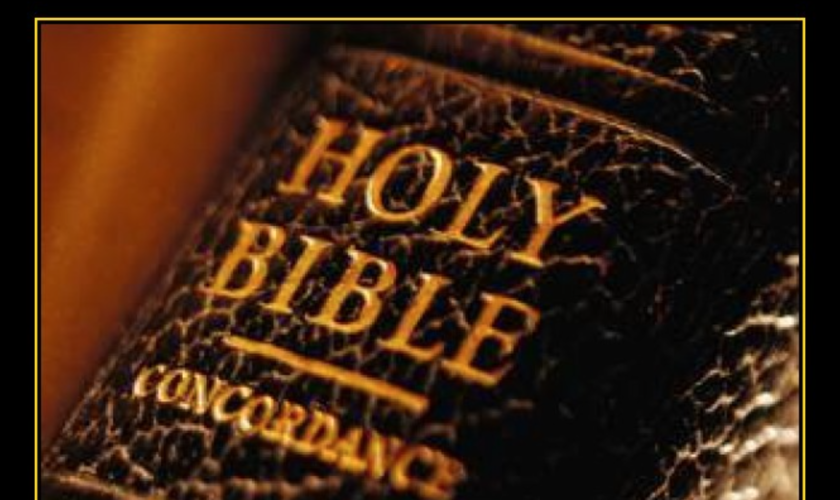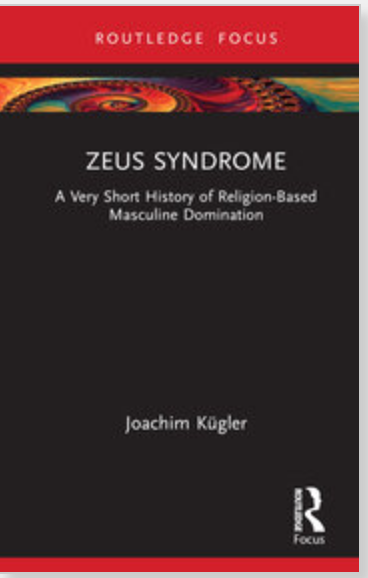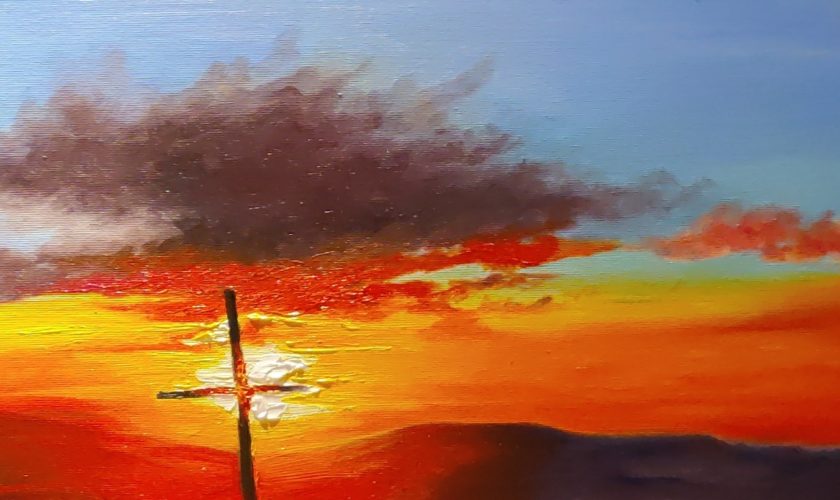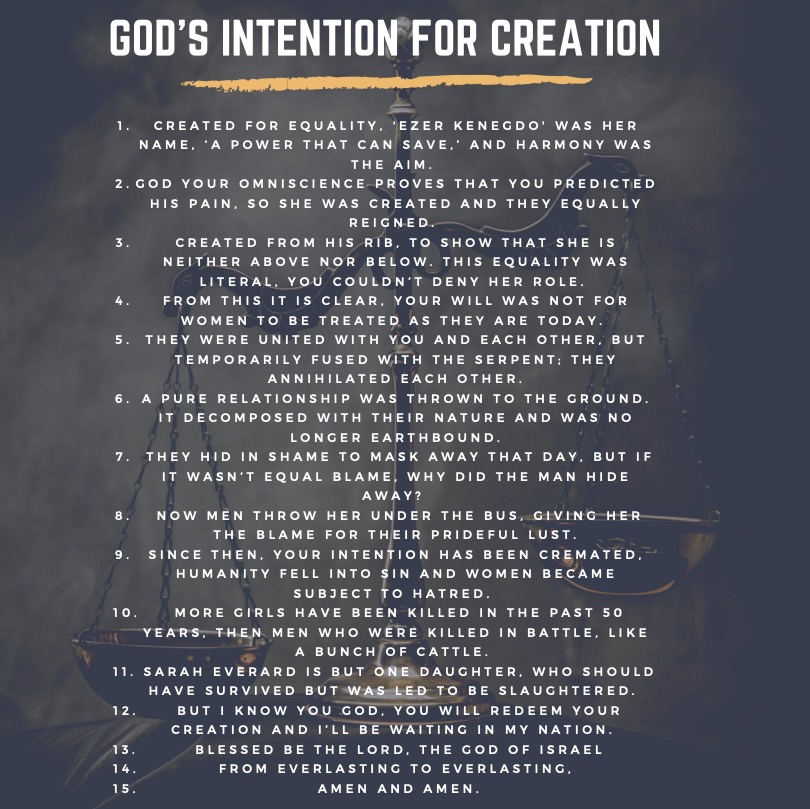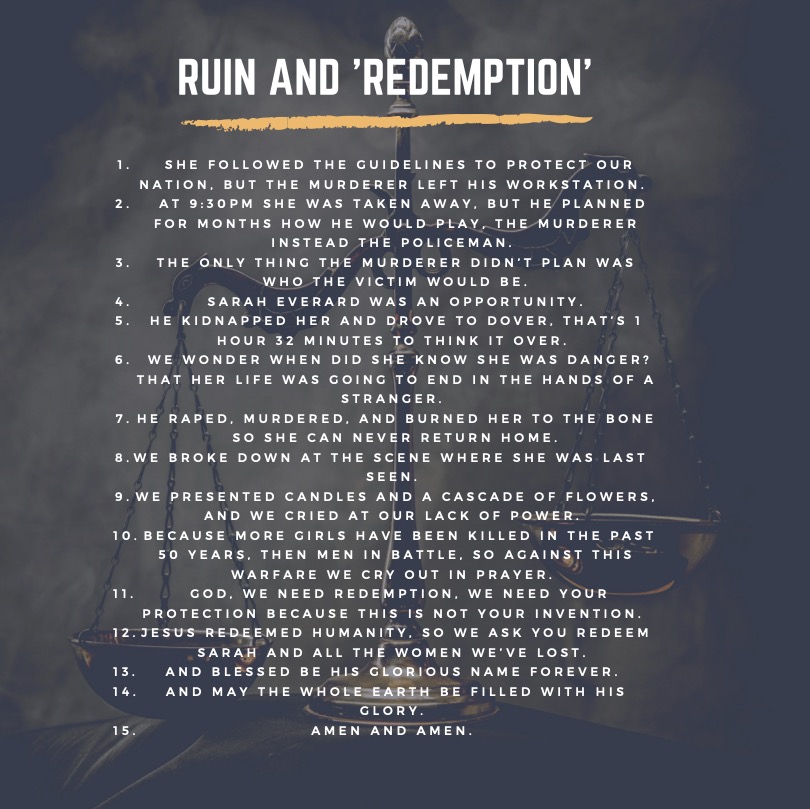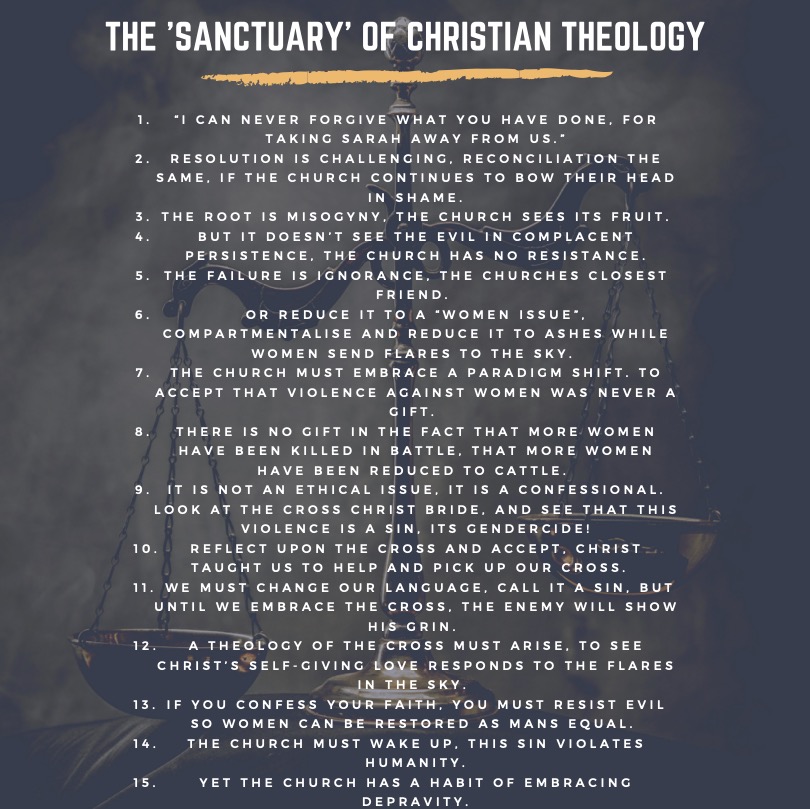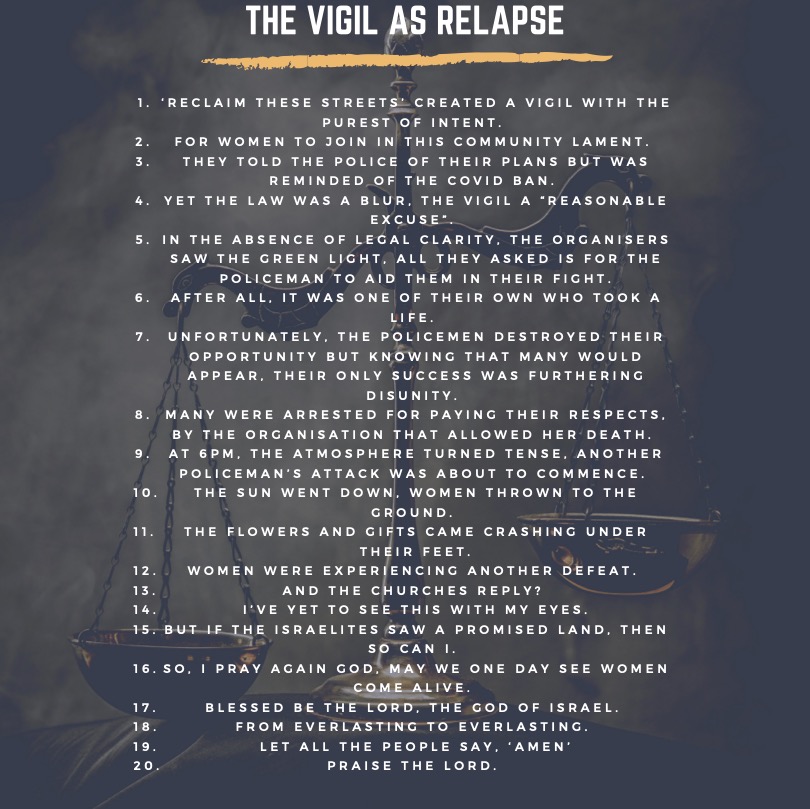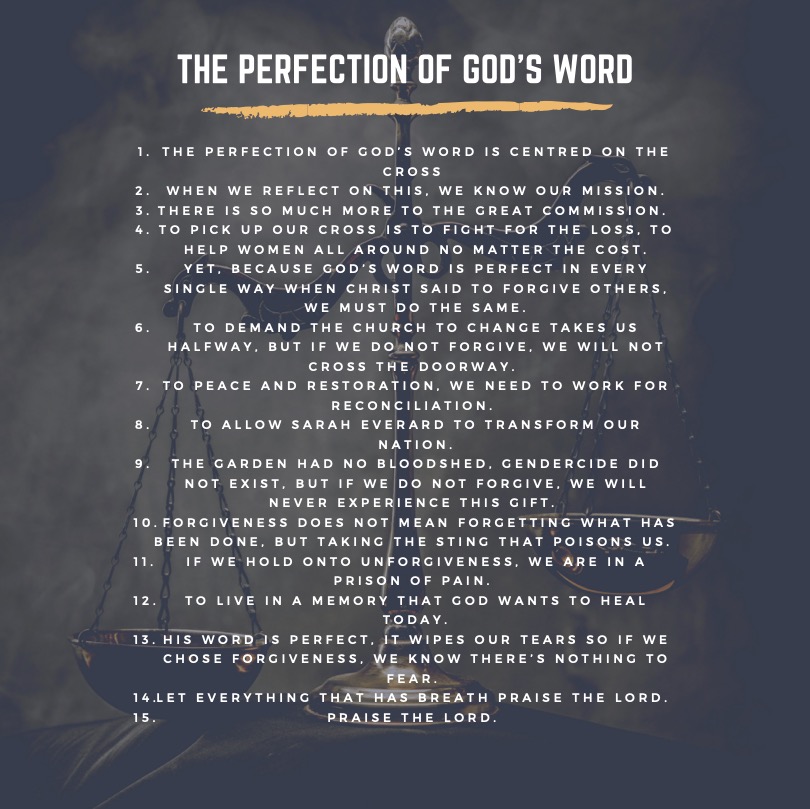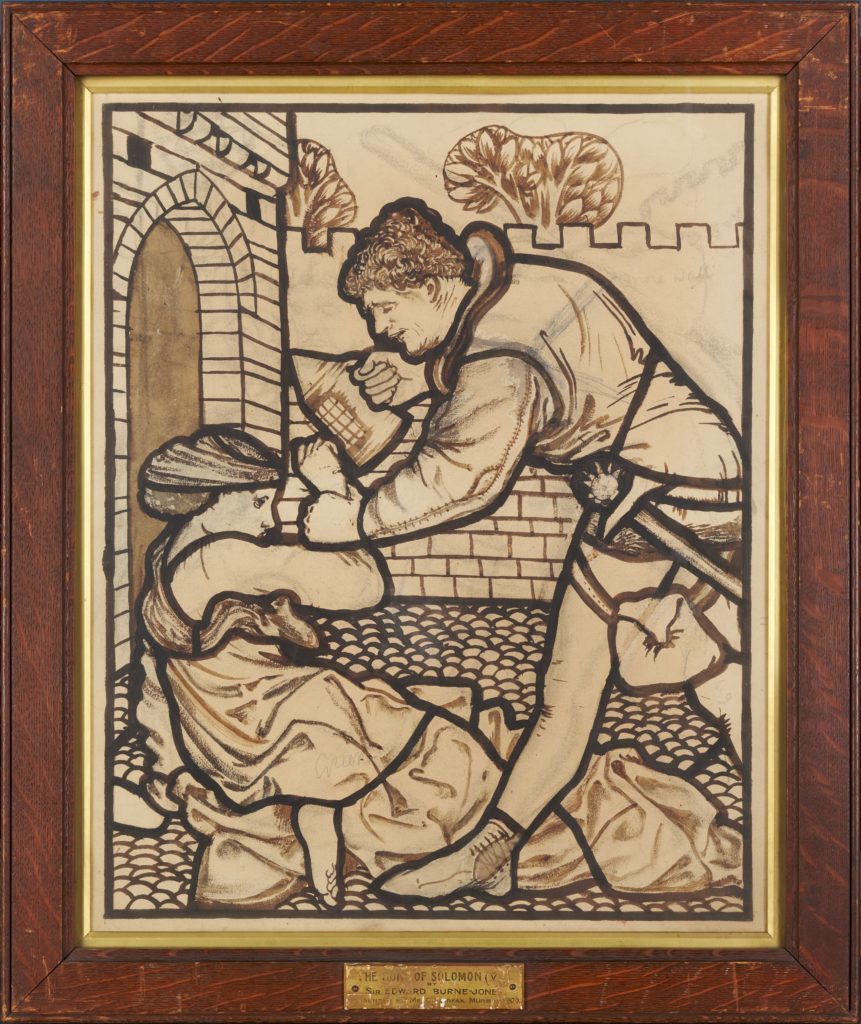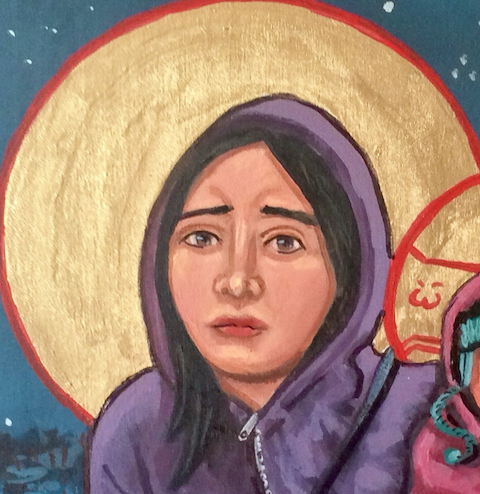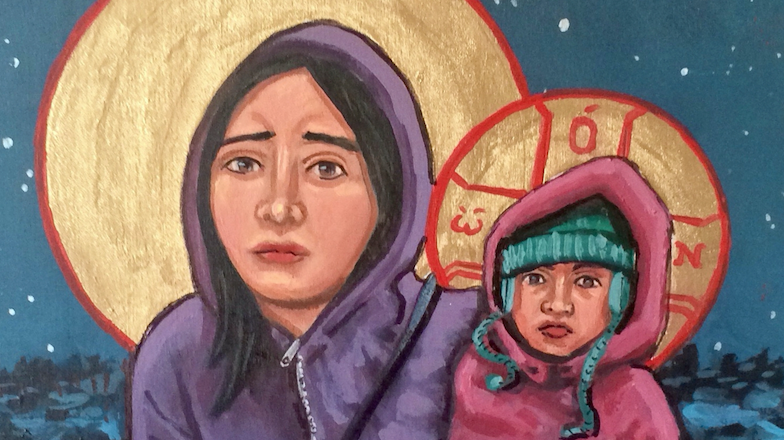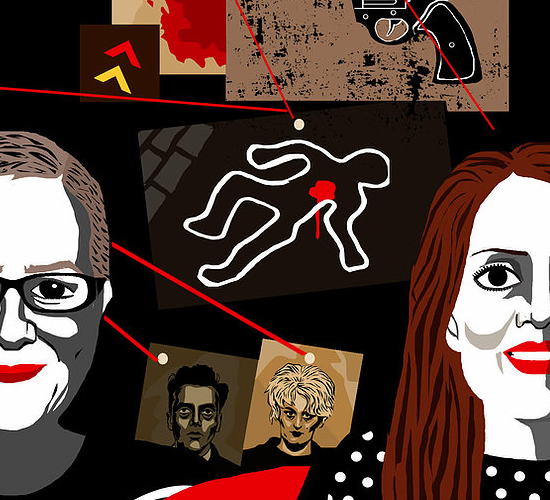Today, let’s meet two more of our many fabulous contributors. We are delighted to introduce Susannah Cornwall and Victor Moulder. (For our earlier post about the Bible and Violence Project, see here.)
Susannah Cornwall is Professor of Constructive Theologies at the University of Exeter, and Director of EXCEPT, the Exeter Centre for Ethics and Practical Theology. Her latest monograph is Constructive Theology and Gender Variance: Transformative Creatures (Cambridge University Press, 2022), which focuses on gender transition and gender diversity in relation to Christian doctrines of creation, Christology, theological anthropology, and eschatology. Her current research focuses on structural sin and institutions. Susannah is writing the chapter on Bible, Intersex Being and Biomedical Violence.

In some of my earlier work, including my first book, Sex and Uncertainty in the Body of Christ: Intersex Condition and Christian Theology (Routledge, 2010) and my 2011–2013 research project ‘Intersex, Identity, Disability: Public Policy, Healthcare and the Church’ at the University of Manchester, I problematized the early corrective surgery paradigm for people born with intersex characteristics. In the last decade there has come to be increased legal protection for intersex people in various countries in Europe and beyond.
It’s also less common now than it used to be for conservative Christian theologians to hold that early corrective surgery is an appropriate social response to the birth of people with intersex characteristics, not least because of the crucial work done in these communities by evangelical scholars and activists such as Megan DeFranza and Lianne Simon in the Intersex and Faith Education Project.
My chapter for this volume, however, focuses on the Bible, intersex being, and biomedical violence. I will show that the continuing invocation by many conservative theologians of the Genesis ‘creation mandates’ that uphold the idea that intersex is a particularly and peculiarly fallen state, which should prompt compassion and will be erased in the world to come, is damaging and undermines the good of intersex people’s bodies and experiences today.
I’ll also show that such accounts continue to inform the biomedical logics within which non-consensual ‘corrective’ surgery on people with intersex characteristics remain thinkable in some medical contexts. Furthermore, I’ll suggest that the conservative move away from calling for such surgeries stems in part from increased conservative theological desire to cast suspicion on trans identity and so-called ‘gender ideology,’ and is therefore not unproblematic.
You can find out more about Susannah and her research here
_________________________________________________________________________________________
Victor Moulder is an emerging scholar based in Wales. Victor graduated recently from Cardiff University with a BA (2021) and MA (2022) in Religion and Theology. His research has focused on eschatology, apocalyptic literature, and violence, and his 2021 dissertation explored violent and non-violent intertextualities between apocalyptic texts. Alongside such topics he also has passion for queer theology, gender-based hermeneutics, and angelology. Victor’s aim as a fledgling academic is to explore the harmful narratives and imagery of Scripture without resorting to apologia or excision. Victor is contributing the chapter on Violence in Daniel.

It is my aim with this chapter to explore the multifaceted nature and role of violence in the Book of Daniel. This will include contextualising the book as both (post)exilic and apocalyptic literature, born of war, mourning, displacement, and imperialism. But I will also spotlight the bodily violence faced by some characters in the narrative portions, and the symbolic violence of Daniel’s frightening dreams. I will explore the violent potential of accepting this book as a text where violence is divinely ordained or justified, and explore God’s role as violator, redeemer, liberator, and comforter, harming but also suffering, and ending systems of oppression.
In a world where peril, the notion of end-times, and imperial domination – all prevalent in Daniel – still hold sway, navigating this text and its violence remains a challenge.
You can find out more about Victor and his work on Twitter: @VictorMoulder.

